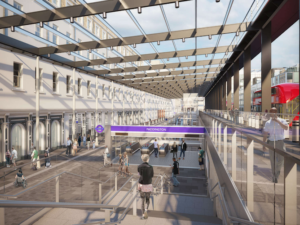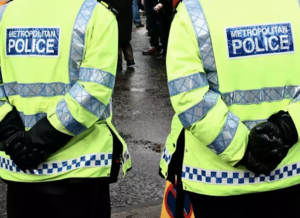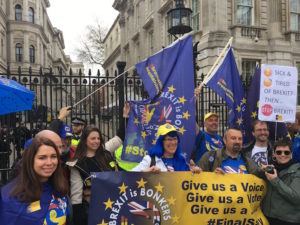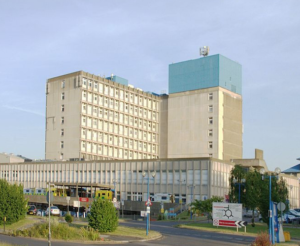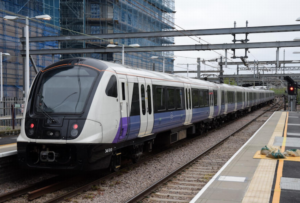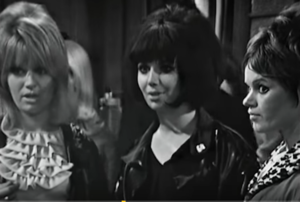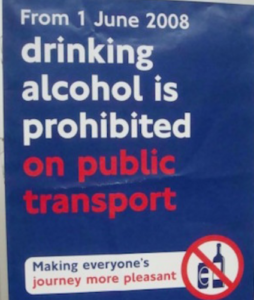Despite some success preventing closures, these vital healthcare facilities are struggling to meet rising demand
London’s accident and emergency departments are the frontline of our precious National Health Service. At one time or another, we all end up there – with loved ones, or in need of urgent care ourselves. A trip to an A&E is usually a decision of last resort – but it’s always an option, round the clock, every day of the year. The dedicated staff there know that every moment matters in often life-threatening situations.
In the context of a London population that has risen to 8.8 million, the demands on this most vital of services are rising too, with 4.2 million admissions in the capital in 2017-18 – up from four million the year before. Londoners have a right to know that if they require urgent care that they’ll get the treatment they need quickly. And our healthcare professionals have the right to rest, to training opportunities, and to a high quality and safe working environment.
The sad reality, though, is that years of austerity have seriously impacted standards. In a period which has seen demand rise, we’ve also seen a fall in the number of available hospital beds, with 2,300 being lost in London since 2010. And it’s not just beds we’re losing – it’s entire departments.
In 2013 the government downgraded the A&Es at both Central Middlesex and Hammersmith hospitals to the status of urgent care centres. A threat of something similar has, until recently, hung over the Ealing and Charing Cross hospitals. But now that, thanks to an energetic campaign, the closure of these A&Es, proposed under the discredited Shaping a Healthier Future plan, has been abandoned and accepted as a mistake, it is only right that the paediatric and maternity services withdrawn under the same programme should be re-instated.
It’s just as well the Ealing and Charing Cross A&Es were saved, given the depth of the crisis we now face. In the last year, not a single one of London’s A&Es met their target of treating or admitting 95 per cent of patients within four hours or less – and it’s a target that hasn’t been met consistently since 2014. The consequence is that ever-greater numbers of poorly or injured Londoners are being left in waiting rooms for far longer than they were before austerity took hold.
In the final quarter of last year, A&E performance in London slumped to a record low, with 13.5 per cent of attendees not being seen by the four hour target. The number of “trolley waits” in corridors of more than twelve hours has also increased significantly, and in the last year over 1,000 patients waited in ambulances outside for over an hour. This state of affairs simply cannot be allowed to continue – but after a decade of historically unprecedented austerity in healthcare, what else are we to expect?
Workloads are inevitably rising too – and at a time when recruitment is proving more challenging than ever before. There are now over 100,000 vacant posts in the NHS – a lengthy pay freeze and the cost of living in London have combined to make healthcare a far less attractive career that it once was. With ongoing Brexit uncertainty making it harder than ever before to recruit healthcare professionals from elsewhere in Europe, it simply beggars belief that the government has chosen now of all times to abolish nursing bursaries.
Addressing the crisis in our A&E departments – and indeed the NHS more generally – requires a holistic approach. If we’re to reduce the pressure on them, we must properly invest in the system as a whole, reducing waiting times for GP appointments, adequately funding local authorities and staging public health interventions that cut across sectors and agencies.
London’s population is not only growing, it is also ageing. Fixing social care would do a great deal to free up beds and also provide many older people with greater independence and a more appropriate care package for their needs. Even so, the growth in population would still have to be addressed.
Despite having no formal powers over the NHS, the Mayor and the London Assembly have spoken up for Londoners and held the NHS and government to account. In staging major public health interventions such as the Ultra Low Emission Zone, Sadiq Khan is taking important steps towards improving Londoners’ health. We’ve seen the Health Inequalities Strategy help set the agenda and play a role in preventing the Ealing and Charing Cross closures. And the Mayor has also taken the public health approach into the heart of our A&E departments, with £1.4 million earmarked to fund specialist casualty youth workers to help young victims of knife crime.
This shows what can be achieved with if there’s the will to tackle the problems that face us and, crucially, the funding. I will keep fighting for the resources that London’s health services need. After ten years of austerity, they’ve suffered enough. With proper investment across our society, together we can rebuild our NHS and deliver first-class healthcare for all Londoners.
Dr Onkar Sahota is London Assembly Member for Ealing & Hillingdon and a member of the Assembly’s health committee.

